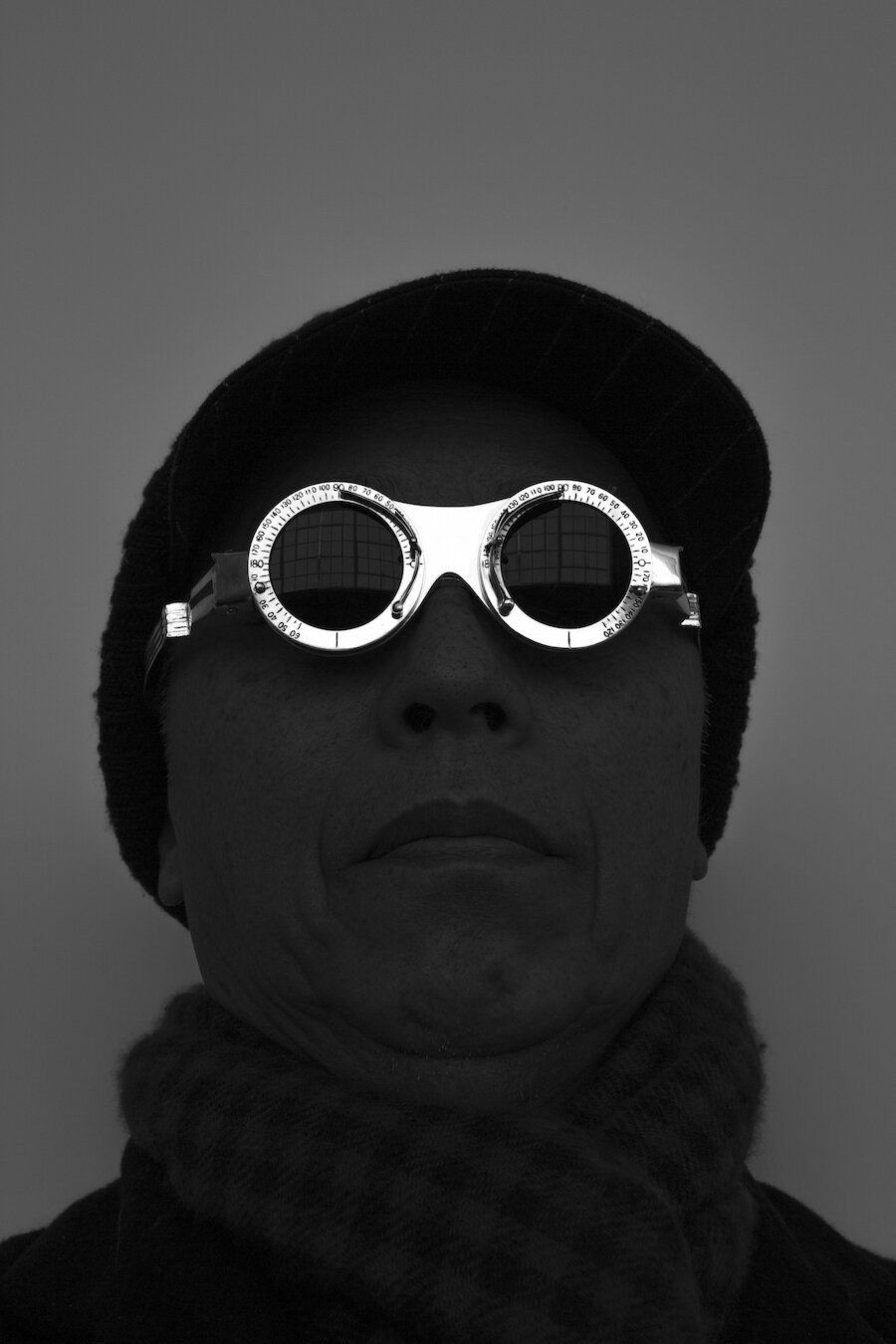Hiroshi Sugimoto was born in 1948 in Tokyo but later moved to Los Angeles to pursue photography at the Art Centre College of Design. He settled in New York, where he soon began his study of conceptual photography. Hiroshi Sugimoto has over the years become one of the most critically acclaimed artists and photographers of his generation.
Theatres drew upon repetition and was characterised by the utilisation of black and white film, analog processes, as well as long exposures. The lighting, the gleaming white scene that looked like a portal from another dimension, as well as the objects in the images are some of the components that helped to give the popular series a surreal appearance. For the series, Sugimoto photographed more than 100 movie houses and drive-in theatres over a period of four decades. In the past few years, he started taking photos of Italian opera houses and abandoned theatres, thus expanding the existing project.
“My dream was to capture 170,000 photographs on a single frame of film. The image I had inside my brain was of a gleaming white screen inside a dark movie theatre. The light created by an excess of 170,000 exposures would be the embodiment or manifestation of something awe-inspiring and divine.” - Hiroshi Sugitomo
1970’s
Trylon, New York, 1976
U.A. Rivoli, New York, 1977
U.A. Playhouse, Great Neck, New York, 1978
U.A. Walker Theatre, New York, 1978
Radio City Music Hall, New York, 1978
Cabot Street Cinema – Massachusetts, 1978
Theatres -- Tampa, Florida, 1979
1980’s
Marion Palace, Ohio, 1980
Akron Civic Theatre, Ohio, 1980
Canton Palace, Ohio, 1980
Goshen, Indiana, 1980
Ohio Theater, Ohio, 1980
Palms, Michigan, 1980
1990’s
Civic Theater, New Zealand, 1991
Regency, San Francisco, 1992
Orinda Theater, Orinda, 1992
Paramount, Oakland, 1992
Cinerama Dome, 1993
La Paloma, Encinitas, 1993
El Capitan, Hollywood, 1993
Avalon Theatre, Catalina Island, 1993
Al Ringling Theatre, Baraboo, 1995
Proctor’s Theatre, New York, 1996
State Theatre, Sydney, 1997
Kino Panorama, Paris, 1998
2010’s
Palais de Tokyo, Paris, 2014
Wolf Building Rooftop, New York, 2015
Everett Square Theatre, Boston, 2015
Franklin Park Theatre, Rashomon, 1950, Boston, 2015
Michigan Theatre, Detroit, 2015
Paramount Theatre, Newark, 2015
Teatro Carignano, Turin, 2016, Seating side
Teatro Comunale di Ferrara, Ferrara Summer Time, 2015
Teatro dei Rinnovati, Siena, Stazione Termini, 2014
Teatro Scientifico del Bibiena I Vitelloni, Mantova, 2015, I Vitelloni, Screen side
Theatro Carignano, Turin, 2016, Screen side
Villa Mazzacorrati le Notti Bianche, Bologna, 2015
Over four decades, Haino, who will turn 66 in May, has thrived at the fringes of improvised music, becoming both a pioneer of and paragon for turning rock music inside out. An early student of primitive blues and classic rock staples, Haino earned attention during the '80s for Fushitsusha, his on-again, off-again psychedelic powerhouse. Across the next quarter-century, he steadily emerged from Japan's underground as an experimental extremist, often pitting torrents of distortion and walls of noise against shards of poetry that he would shriek and repeat like some coded prayer. After a string of cutting-edge labels in the United States and Canada began to catch on and issue his music in the west during the '90s, his reputation as one of music's most electrifying and enigmatic guitarists and one of its most oddly evocative singers spread to the point that he even became a model and muse for fashion designer Marc Jacobs. For some, working with Haino — or, for others, simply seeing him live or finding one of his albums — has became an avant-garde holy grail.






































